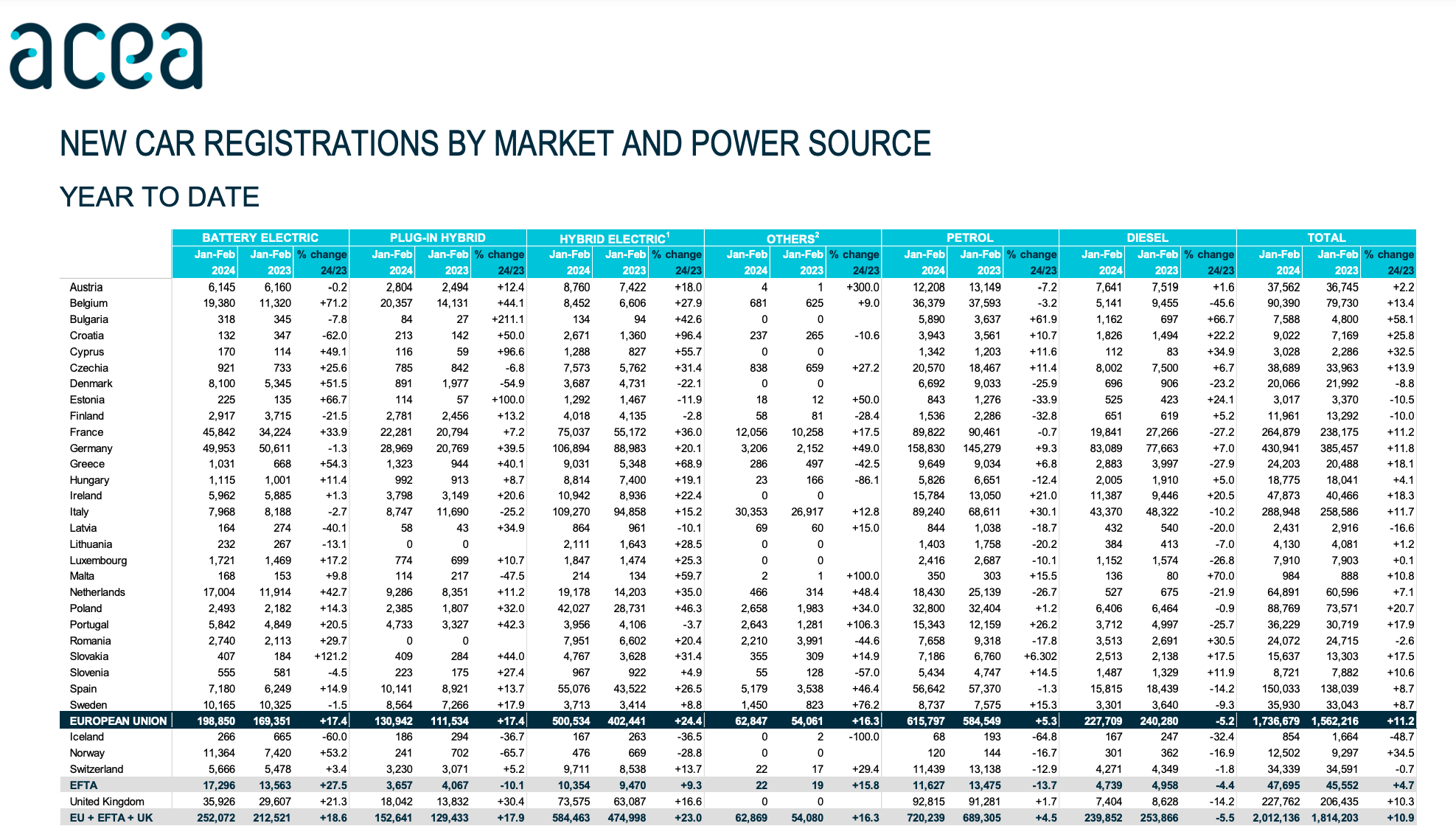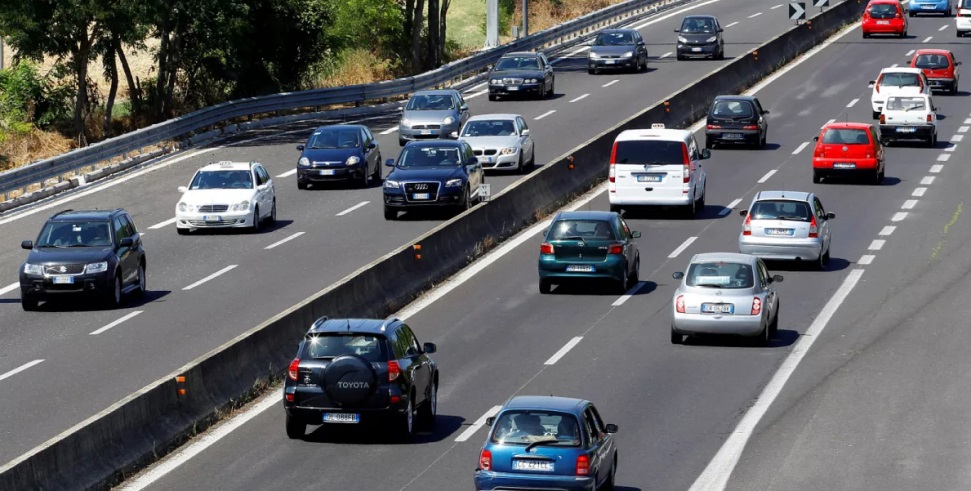The European Commission has released a report on the evolution of the carbon dioxide (CO2) emissions gap for passenger cars and light commercial vehicles.
The report compares emissions measured in the World Harmonized Light-duty Vehicle Test Procedure (WLTP) process with real-world CO2 on the road.
The study reflects that “hybrid cars are not realizing their potential, particularly because they are not being charged and driven fully electrically as assumed”.
The truth is that the CO2 emissions from new plug-in hybrid electric vehicles registered in 2021 were on average 3.5 times higher than those of WLTP, generating 100 grams of CO2 per kilometer.
Furthermore, the data obtained shows that for most manufacturers, fleet coverage was below expectations and additional measures need to be taken to significantly improve this in the coming years, both for cars and vans.
Moreover, fuel consumption by drivers remains approximately a fifth higher than what official homologation documents show.
To reflect better the real-world situation, the Commission introduced changes in the calculation of the utility factor used for the official testing procedure, which will be applied from 2025.
Regarding hybrid cars, the introduction rate in European countries is high, making it essential to promote their use to achieve decarbonization goals.
It is worth mentioning that in February 2024, the European Union experienced a significant increase in the adoption of Electric Hybrid Vehicles (HEV) and Plug-in Hybrid Electric Vehicles (PHEV).
HEVs accounted for 28.9 per cent of the market, with 255,511 units sold, marking a 24.7 per cent increase since February 2023.
Meanwhile, PHEVs recorded a growth of 11.6 per cent, with 64,351 registrations.
Which countries recorded the most hybrid technology vehicles?

In Germany, HEVs experienced a 16.4 per cent increase, totaling 54,792 cars, and PHEVs showed a growth of 22.3 per cent, with 14,575 units sold.
In Austria, HEVs increased by 27.5 per cent with 4,691 vehicles, while PHEVs experienced a growth of 4.6 per cent with 1,335 registrations.
In Belgium, HEVs saw a significant increase of 28.2 per cent, with 4,282 registrations, while PHEV registrations rose by 21.8 per cent, with 8,385 units sold.
Croatia was one of the countries that showed the most considerable increase in both categories: a 98.5 per cent increase in HEVs, reaching a total of 1,455 cars, and a 41.5 per cent increase in PHEVs, which translates to 94 registered in February 2024.
Lastly, in France, there was a 41.5 per cent increase for HEVs, reaching 41,227 registered vehicles, and an 11.8 per cent increase for PHEVs, with 11,732 cars sold.
However, not all countries experienced positive registrations.
For example, while Italy saw a 16.1 per cent increase in HEVs, with 55,407 registrations, it suffered a 16.6 per cent reduction in PHEVs, with only 4,662 units registered in February of this year compared to 5,588 in the same month of the previous year.
Meanwhile, Denmark recorded a 15.9 per cent decrease in HEVs, reporting 1,941 registrations, and a 55.6 per cent decrease in PHEVs, with only 525 registrations.
It is important to note that road transport is responsible for approximately one-fifth of the European Union’s (EU) greenhouse gas emissions.
Light-duty vehicles, namely passenger cars and light commercial vehicles, account for around 70 per cent of the total.
To achieve climate neutrality in the EU by 2050, the European Green Deal sets the target of a 90 per cent reduction in transport greenhouse gas emissions compared to 1990 levels.
The Regulation 2019/631, which establishes performance standards, is one of the key policy instruments implemented to achieve this goal.
In summary, the new edict installs requirements for CO2 emissions from new cars and light commercial vehicles to meet the Union’s greenhouse gas reduction targets and those of the Paris Agreement, while ensuring the proper functioning of the internal market.
Additionaly, from 2025 onwards, a 15 per cent reduction target will apply to the average emissions of the new car and light commercial vehicle fleet.
From 2030, reference quotas will be increased to 35 per cent for cars and 30 per cent for new light commercial vehicles.







